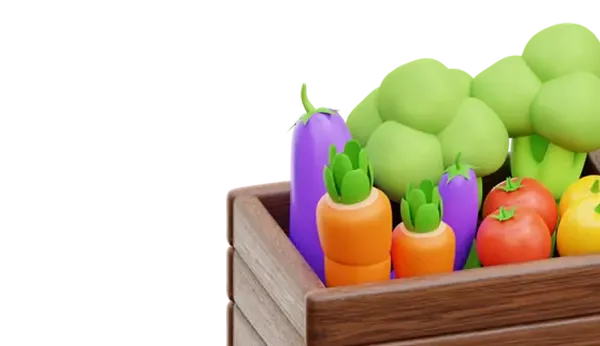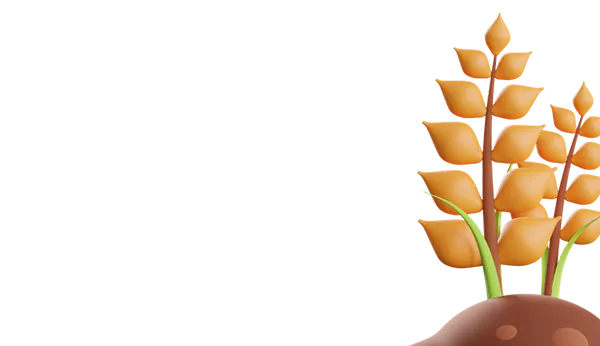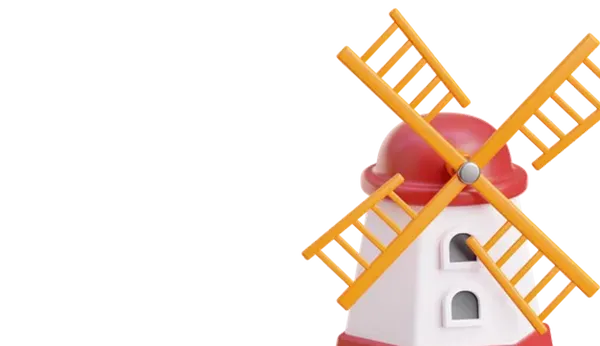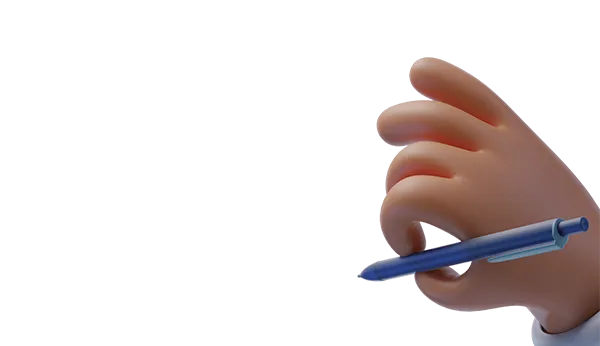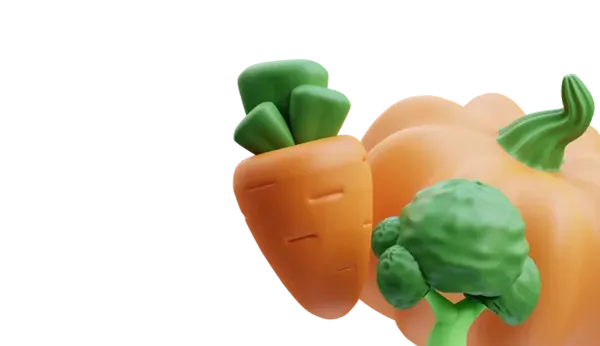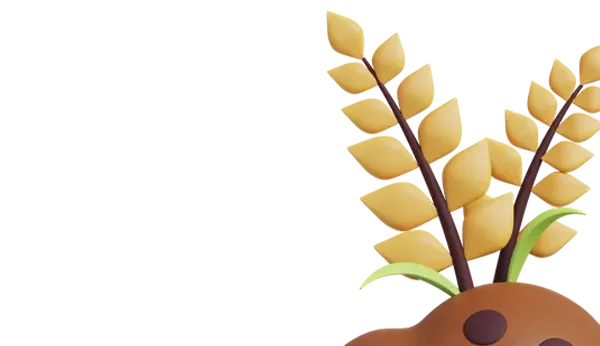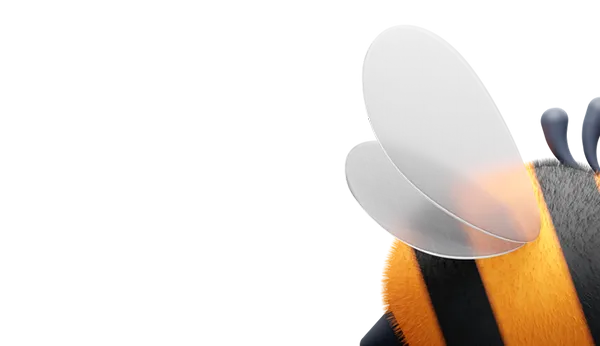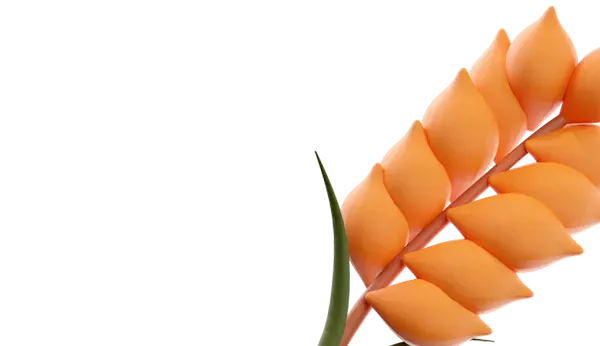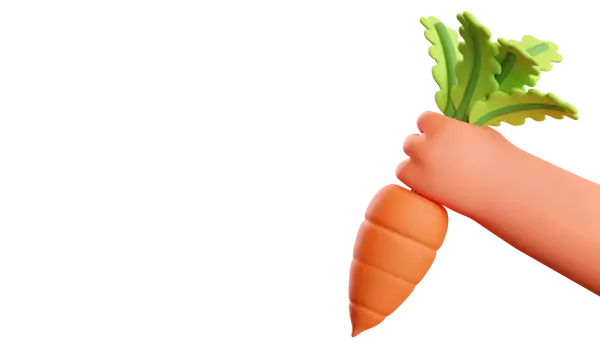During a comprehensive examination, most problems can be identified. This includes observing both the fruits and the leaves, looking for sudden or unusual changes in color, texture, and overall condition of the plants. The most common changes in the appearance of the leaves of garden strawberries include the appearance of spots and rot on the berries, wilting.
Strawberry Anthracnose
Anthracnose, caused by various fungi of the genus Colletotrichum, attacks practically all parts of the strawberry plant, but is particularly noticeable on ripening or fully ripe berries – black sunken lesions resembling bitten areas, as if they have suffered some misfortune.
Considering that the pathogen persists in the beds, dealing with the infection can be challenging. However, when detected in a timely manner, plants can be saved with the help of fungicides and regular removal of affected areas.
If the latent disease is widespread among most plants at the flowering stage, using fungicides starting from 10% flowering can save the crop from significant losses.
Although strobilurin fungicides are effective in combating strawberry anthracnose, they should be alternated with captan or thiram due to the fungus’s tendency to develop resistance to strobilurins.
Root Infections
Various strawberry diseases, such as black root rot, have many causes. Often, they are associated with the presence of several pathogens in the soil, making it unsuitable for healthy plant development.
Although several fungal pathogens and nematodes are associated with black root rot, Rhizoctonia spp. and Pythium spp. act as pathogens. Harmful nematodes can predispose roots to fungal infections causing black root rot, leading to the formation of black corky lesions. These lesions can surround the root, depriving it of function and mass, making it resemble a rat tail.
Strawberries affected by black root rot can be easily identified by pronounced plant weakness, with roots looking black or wilted. It is important to improve soil quality by inoculating roots with beneficial microorganisms. Bio-preparations such as Trichoderma are available for purchase and should not only be applied to the soil but also used to leave new strawberry seedlings in the solution overnight for more effective root inoculation.
Additionally, for biofumigation of the strawberry plot, it is recommended to plant mustard rich in glucosinolate. Mustard meal helps suppress microbes and introduce organic matter into the soil. This helps suppress soil fungi and nematodes. Another method is to provide a carbon source to activate soil microorganisms by adding rice bran with watering and mulching.
Leaf Spotting on Strawberry Leaves
There are several pathogens that cause spotting on strawberry leaves, which should be distinguished for proper treatment.
The fungus Mycosphaerella fragariae causes an infection that starts with small purple spots on the leaves. Later, they are bordered by a narrow whitish or grayish stripe. Sometimes the center of the lesions dies, giving the leaves a "shot hole" appearance.
Microsclerotia and conidia on wintered leaves can lead to the infection of new shoots in spring. The incubation period from infection to the appearance of damage on the upper leaf surface can range from 10 to 14 days depending on weather conditions. A large number of conidia can cause secondary infection under conditions of prolonged periods of moist or moderately warm weather. The optimal temperature for fungal growth and lesion development is from 18 to 24 degrees Celsius. The infection can continue throughout the growing season. Young growing leaves are more susceptible to infection than mature ones. In case of frequent spring rains at the beginning and middle of spring, several infection foci can cause an epidemic, leading to premature leaf fall and drying.
Another pathogen causing leaf spot is the fungus Phomopsis obscurans. Symptoms start with small brown spots surrounded by a wide purple border. The damage spreads from the edge to the middle of the leaf, often forming a V-shaped pattern.
The fungus Diplocarpon earlianum induces a condition known as "leaf scorch" – a disease where small purple spots appear on the leaves. They quickly merge into large reddish-purple spots, making the leaves look scorched.
Bacterial leaf scorch is also noted, but it occurs rarely. The bacterium Xanthomonas fragariae causes an infection, starting with the appearance of small angular, dark green "watery" spots on the lower side of the leaves. Spots between the veins are clearly visible, have a translucent effect resembling "windows." Later, the spots merge, giving the leaves a scorched appearance. In the initial stage, the spots are visible only on the lower surface and appear translucent in the light. They increase, merge, and after a couple of weeks become visible on the upper surface as angular greenish-brown spots covered with bacterial exudate.
Conditions conducive to X. fragariae infection include moderate daytime temperatures (around 20°), low nighttime temperatures, and high humidity.
Sometimes strawberries are simultaneously attacked by fungal leaf scorch and bacterial leaf spotting. Distinguishing between them is difficult, but by looking from above, holding the leaves up to the light will reveal the "window" effect of bacterial leaf spotting versus the dark spots of fungal leaf scorch.
Combatting Fungal Leaf Infections in Strawberries
Prevention methods to promote fast plant drying are recommended: root watering or drip irrigation. A clean straw mulch blanket under the strawberry bushes helps keep the plants dry and has a preventive effect.
Wide spacing between plants helps avoid contact and promotes faster drying. Regular weed control also improves soil drainage.
Excessive nitrogen application weakens strawberries and makes them more susceptible to fungal infections – so fertilize correctly.
If infected, it is recommended to remove a large part of the leaves after the harvest to ensure cleanliness of new shoots. It is also beneficial to prune old leaves after harvesting.
It is also important to timely renew plantings.
Effective fungicides with active ingredients captan, thiophanate-methyl, iprodione, myclobutanil, pyraclostrobin are effective against fungal leaf infections in strawberries. To enhance the effect, products combining two active ingredients can be used: difenoconazole + azoxystrobin, propiconazole + azoxystrobin, fluxapyroxad + pyraclostrobin, boscalid + pyraclostrobin.
As for bacterial leaf scorch in strawberries, protection options may include bactericidal kasugamycin and plant immunity activation with acetylsalicylic acid by spraying with

